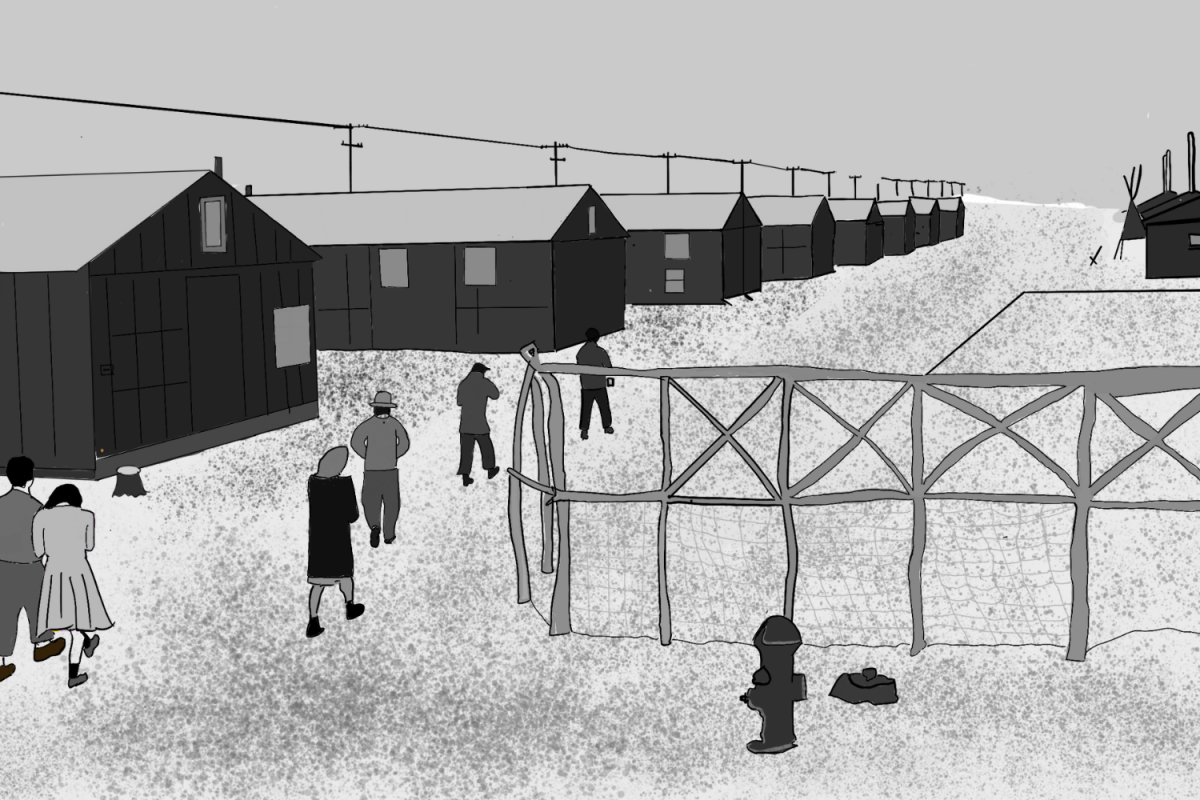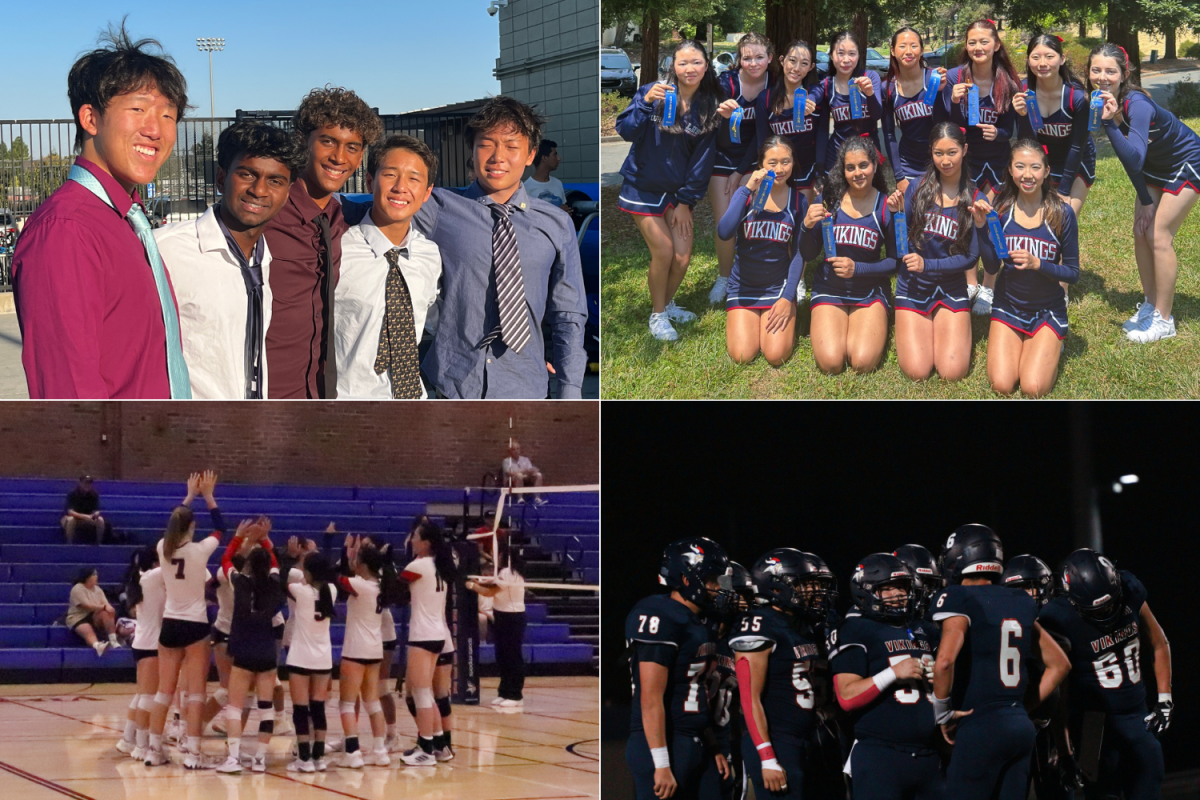What you need to know:
- On Feb. 19, 1942, President Franklin D. Roosevelt issued Executive Order 9066, which sanctioned the removal of Japanese Americans from “military zones.”
- More than 100,000 Japanese Americans were sent to internment camps across the United States.
- Today, the legacy of that internment continues to be commemorated, including a statue of Norman Y. Mineta, former San Jose mayor and Cabinet leader.
“Instructions to all persons of Japanese ancestry. All Japanese persons, both alien and non-alien, will be evacuated from the above designated area.” This order was posted around San Francisco in 1942. The Civilian Exclusion Order, published across the United States, was sanctioned by President Franklin D. Roosevelt’s Executive Order 9066, a policy aimed to remove all those who were deemed a threat to national security by the government. Despite its intentionally vague phrasing, the law was intended to specifically target the Japanese race. Nearly two-thirds of incarcerated persons were of Japanese American descent born in the U.S., called Nisei, who were displaced from their homes and forced into internment camps across the country.
“You were innocent until proven guilty,” World History teacher Luca Signore said. “But for the Japanese, they were guilty until proven innocent, and they couldn’t prove their innocence because they were seen as guilty just for being Japanese.”
After the Japanese bombing of Pearl Harbor, Hawaii, on Dec. 7, 1942, the U.S. joined World War II. Although many Japanese Americans remained loyal to the U.S., enlisting in the army and purchasing war bonds, the public hysteria resulting from the Pearl Harbor attack was overpowering. Suspicion of Japanese Americans along with German and Italian Americans escalated and the defacing of Japanese-American-owned property became common. The government considered no distinction between Nisei and first-generation Japanese immigrants — with all being classified as “enemy aliens.” Three months later, on Feb. 19, 1942, Roosevelt issued the proclamation, Executive Order 9066.
“The decision was made in haste; due diligence was not explored; the question of Japanese disloyalty wasn’t appropriately scrutinized before the decision was made,” said Sonia Gomez, an assistant professor of history at Santa Clara University.
Upon receiving the order, Japanese Americans around the U.S. were given only a few days to report to temporary detention centers, where they stayed until relocated to internment camps in remote areas such as Manzanar, California. Those living in “Exclusion Zones” — large areas along the West Coast including California — were forced to sell or abandon their homes and businesses, losing much of their livelihoods in the process. Even when they returned from the camps, it was nearly impossible to restore their old lives.
Surrounded by barbed wire fences and surveillance towers, over 112,000 Japanese Americans slept, ate and attended school in internment camps for more than four years. The poor living and sanitary conditions led to more than 1,600 medical-related deaths within the camps. Newspapers, sports teams and concerts were started by the internees to create a sense of community within the confines of the camp.
“When things aren’t going well, we like to find a scapegoat,” Japanese teacher Jeremy Kitchen said. “Obviously, those were extreme situations, but our country made a choice to take away the livelihood of American citizens.”
Executive Order 9066 was officially rescinded on Feb. 16, 1976, nearly 31 years after the release of Japanese Americans internees. Nevertheless, its lasting impacts continue throughout generations.
“Incarceration has had a huge impact on Japanese Americans’ sense of belonging,” Gomez said. “The descendants of those who have been incarcerated still live with the reminder that they aren’t considered fully American, even if they’re born here. You’re never a full citizen because you’re always going to be considered as an ‘other.’”
Some Japanese Americans resisted mass incarceration. Fred Korematsu sued the U.S. government and brought the case to the Supreme Court, arguing that American citizens had a right to decide where they lived. However, the Justices ruled against him in a 6 to 3 vote.
“The court still deemed it a military necessity,” Gomez said. “That part still stands. This should concern many as there’s a direct link between the kind of language they used to justify incarceration and the ways in which the federal government has responded to other crises like 9/11.”
Although legal incarceration of this magnitude has not occurred in the U.S. since the order, xenophobia has persisted in the wake of the tragedy. In post 9/11 movements, anti-Muslim and anti-Arab sentiments rose in the U.S. Even recently, the strike of COVID-19 pandemic led to a rise in Asian hate within the U.S. and internationally.
“We have to be more calm, more rational and not fall into that trap of fear, racism and xenophobia because when that happens, everything just crumbles,” said Hai Nguyen, a professor of American and Asian American History at Mission College.
Statues and plaques still stand in previous incarceration sites such as the Manzanar internment camp, serving as a reminder of this history.
“There’s a lot of things that remain from before,” sophomore Keigo Kamata said. “Even though it’s starting to lessen, it’s still alive everywhere you go.”
A bronze statue placed in the Norman Y. Mineta San Jose International Airport on Jan. 25 depicts the San Jose-born Japanese American after whom the airport was named. When Mineta was 11, he was forced into the Heart Mountain Internment Camp in Wyoming. He later went on to become the mayor of San Jose and the first Asian American to hold two Cabinet posts. Throughout his career, Mineta worked to demolish racial biases in government systems, and was awarded the Presidential Medal of Freedom in 2006.
“Some people have buried it,” Nguyen said. “Some people have unpacked it. Some people have advocated for it, have fought for it. But I think the bigger challenge now is to preserve that history. And to make sure that the public knows about it.”




































































